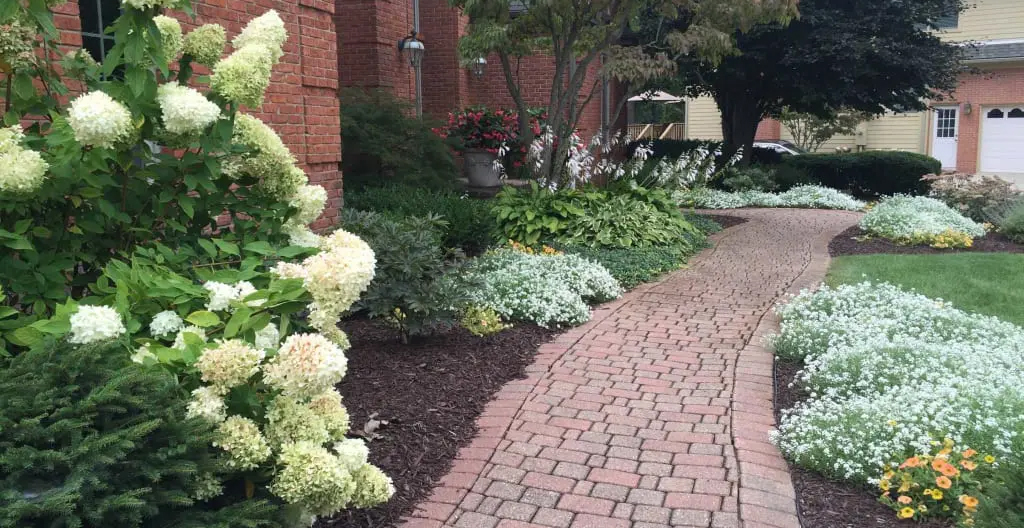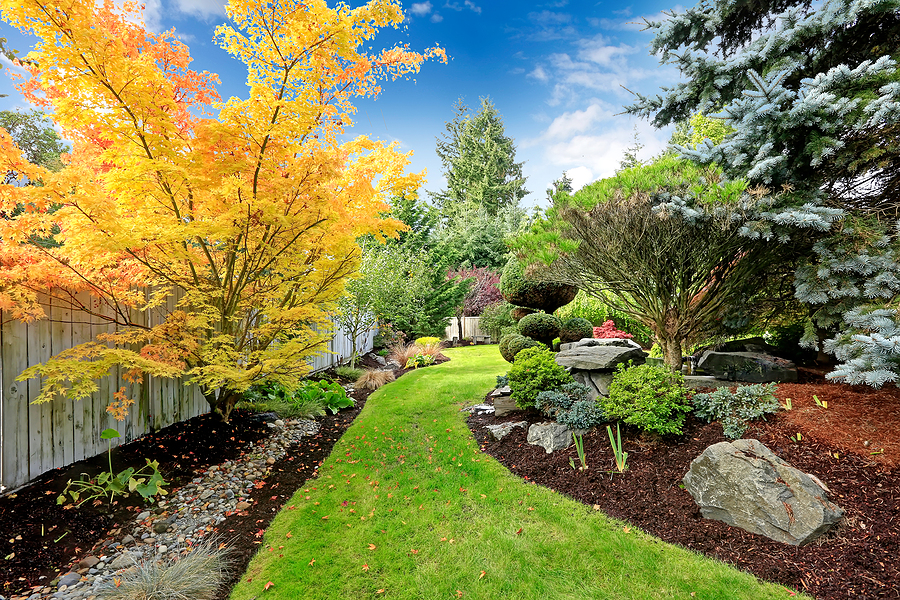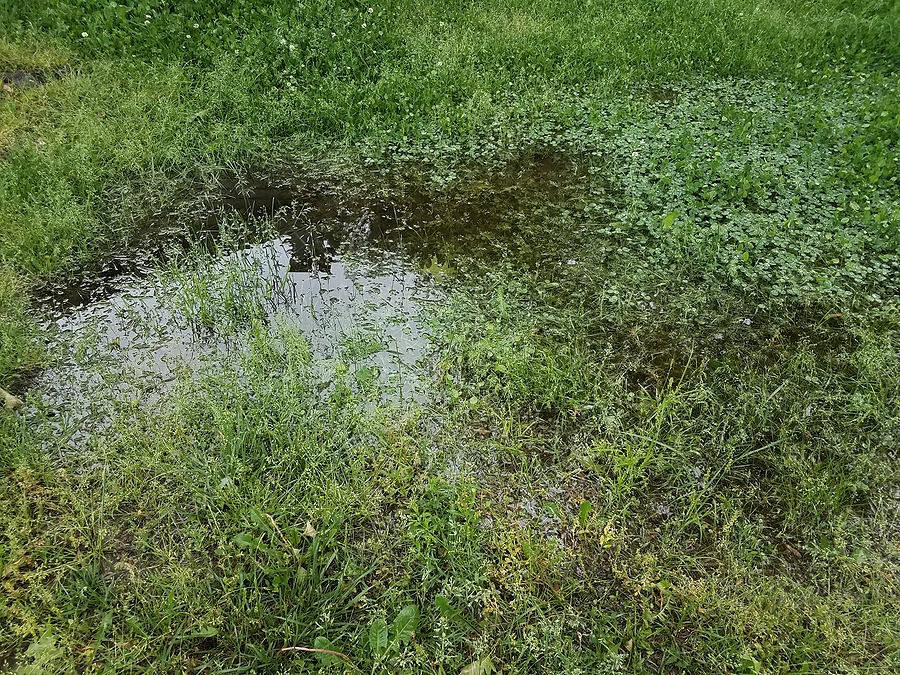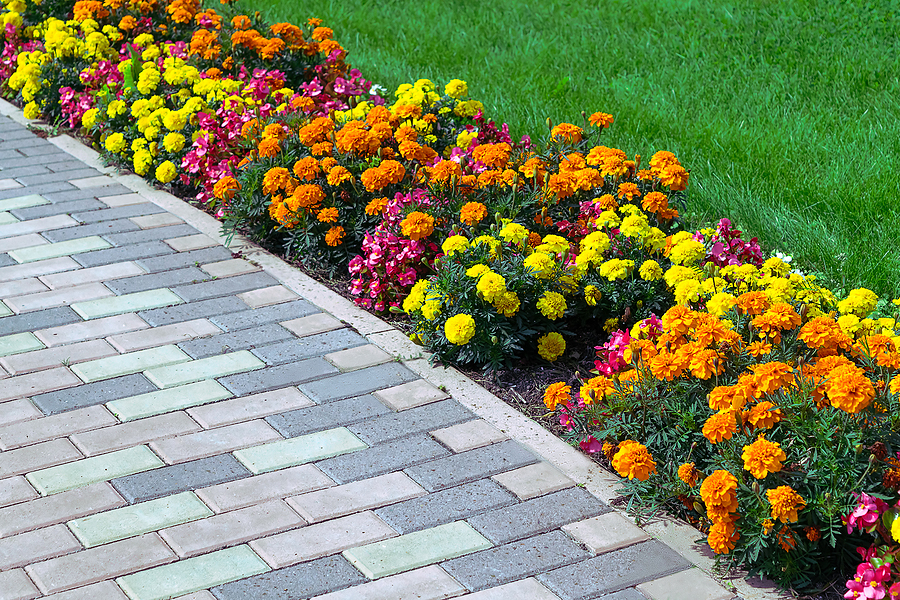Lavendar Perennial Plant
June 13, 2015
We have been asked on numerous occasion about the plant Lavender. Here’s some words of advise from our horticulturalist
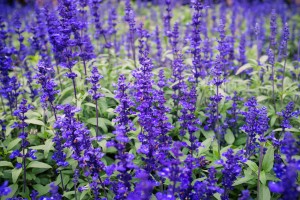 Generally people seem to treat Lavander (Lavenadula) as a perennial, however it is really a shrub. Officially we believe it is a called a subshrub. They fall into the same class a butterfly bush (Buddleia), Russian sage (Perovskia), blue mist spirea (Caryopteris) and St. John’s Wort (Hypericum). They can be pruned to the ground and should reflush from the roots.
Generally people seem to treat Lavander (Lavenadula) as a perennial, however it is really a shrub. Officially we believe it is a called a subshrub. They fall into the same class a butterfly bush (Buddleia), Russian sage (Perovskia), blue mist spirea (Caryopteris) and St. John’s Wort (Hypericum). They can be pruned to the ground and should reflush from the roots.
Lavenders and their cousins form woody portions of the stems, here in Michigan the woody portions of the stems tend to die back in the cold and we typically cut them to the ground. Officially, Lavender should be pruned back by 1/3 in the fall each year – leaving a semi-woody base. Lavender tends to be a tough plant for us. It is hardly enough, but it doesn’t like our heavy soil. I also think that part of the hardiness problems is that people tend to really want to have lavender and smoother it with “love!” Lavenders do best and are happiest when left alone. Hot, dry and barren will produce a nice, longer lasting plant.
